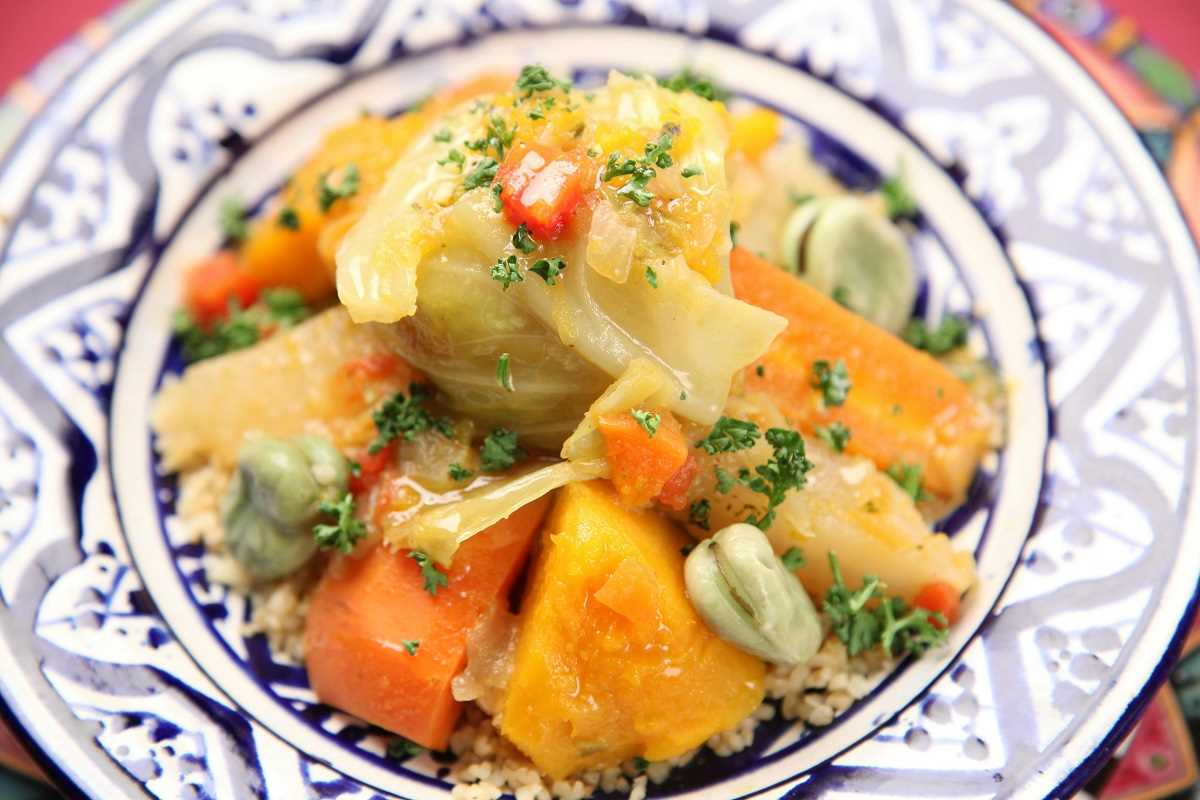Food is more than just sustenance; it's a window into the soul of a culture. Exploring cultural heritage through food allows us to connect with traditions and lifestyles that have been preserved over generations. Remote villages, often away from the hustle and bustle of modern life, hold some of the most unique and authentic recipes that tell the stories of their people.
The Role of Food in Cultural Heritage
- Preservation of Traditions: Traditional recipes are often passed down through families, keeping cultural practices alive.
- Community Identity: Shared meals and local dishes foster a sense of belonging among community members.
- Storytelling: Every ingredient and cooking method has a story that reflects the history and environment of the region.
- Celebrations and Rituals: Specific foods are integral to festivals and ceremonies, highlighting their cultural significance.
Recipes from the Far Corners: A Culinary Journey
Embarking on a culinary journey to remote villages reveals a treasure trove of flavors and techniques. For instance, in the mountainous village of Valle Verde, the hearty Chorizo de Valle is a staple, made with locally sourced herbs and spices that give it a distinctive taste. Meanwhile, the coastal village of Tierra Azul is famous for its Mariscos al Coco, a seafood dish that combines fresh catches with creamy coconut milk.
Each recipe not only provides a delightful eating experience but also offers insights into the daily lives and resourcefulness of these communities. The use of indigenous ingredients and age-old cooking methods highlights the ingenuity and adaptability of the villagers in preserving their culinary heritage.
Ingredients with a Story: Unique Flavors from Remote Villages
- Quinoa: Originating from the Andes, quinoa is a nutrient-rich grain that has been cultivated for thousands of years.
- Agave Syrup: Harvested from agave plants in desert regions, this sweetener has been used by indigenous peoples for its versatility.
- Wild Turmeric: Found in the forests of Southeast Asia, wild turmeric adds a vibrant color and earthy flavor to dishes.
- Smoked Fish: Traditional smoking techniques preserve fish and infuse it with deep, smoky flavors, common in Nordic villages.
These ingredients are more than just components of a dish; they represent the environment and the sustainable practices of the people who live there. By using local resources, these communities maintain a harmonious relationship with nature, ensuring that their culinary traditions endure.
Cooking Techniques Passed Down Through Generations
The methods used to prepare and cook food in remote villages are often as distinct as the recipes themselves. In Hakushu, a village nestled in the Japanese mountains, the art of Shibori grilling involves using open flames and specific wood types to impart unique flavors to meats and vegetables. Similarly, in the Irish village of Doolin, traditional stone baking techniques are used to make hearty breads and pastries that have been enjoyed for centuries.
These cooking techniques not only enhance the flavors of the ingredients but also serve as a cultural link between past and present. They provide a sense of continuity and identity, allowing each generation to connect with their heritage while adapting to changing times.
Cultural Heritage Through Food
Delving into the culinary practices of remote villages offers a profound understanding of cultural heritage through food. Each recipe, ingredient, and cooking method is a testament to the resilience and creativity of these communities. By preserving and sharing these culinary traditions, we honor the rich tapestry of human culture and ensure that these unique practices continue to thrive.
Moreover, discovering these hidden culinary gems encourages a greater appreciation for diversity and the myriad ways in which food can bring people together. It invites us to explore beyond our familiar tastes and embrace the stories and histories that each dish holds.
Exploring the culinary traditions of remote villages provides invaluable insights into their cultural heritage. Through unique recipes, special ingredients, and traditional cooking techniques, we gain a deeper appreciation for the rich histories and lifestyles of these communities. Embracing and preserving these culinary practices ensures that their cultural legacies continue to inspire and delight future generations.
 (Image via
(Image via





